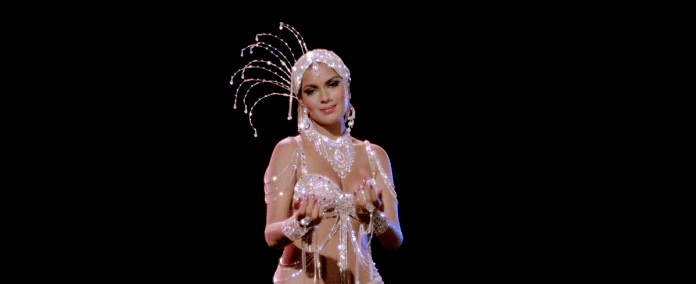Bollywood’s leading ladies thrived on the idea of the conventional for the longest time, but almost five decades ago, one actress challenged that tradition with every role on screen. Often credited with introducing a certain boldness to Indian cinema, Zeenat Aman is recognised as a sex symbol to this day.
On the actor’s 66th birthday, ThePrint takes a look at her illustrious career.
Early career
Born on 19 November, 1951 in Mumbai, Aman chanced upon a career in Bollywood when she joined fashion magazine Femina as a journalist. She soon transitioned into modelling and thereon to beauty pageants. In 1970, she was the second runner up in Miss India, but won Miss Asia Pacific.
Director O.P. Ralhan noticed and cast her in Hulchul the following year. In 1971, she also got to be in the big league with Kishore Kumar, Vinod Khanna and Mehmood in Hungama. Both films tanked at the box office.
Aman, however, caught her big break when actor-filmmaker Dev Anand offered her the part of Janice in Hare Rama Hare Krishna (1971).
Also read: Seeta Aur Geeta is the legacy of Hema Malini, the actor
The sex symbol
The character of Janice brought a never-seen-before Western sensibility to Indian films. Aman quickly followed that up with Yaadon Ki Baaraat (1973) where she oozed glamour and sensuousness through Sunita. Gone was the usual shy, saree-clad heroine and instead stood a guitar strumming lady in tight jump suits with sultry eyes and loud eye shadow.
She actively managed to play grey female characters in most of her films with strong characters, like Sheetal in Manoj Kumar’s Roti Kapada aur Makaan (1974), Rupa in Raj Kapoor’s Satyam Shivam Sundaram (1978), Roma in Chandra Barot’s Don (1978) Sheela in Feroz Khan’s Qurbani (1980), Sheetal Sahni in Dostana (1980) and several others.
But her most iconic role was most certainly Rupa in Satyam Shivam Sundaram. Aman’s exotic-yet-sultry look of a village belle, similar to Simi Garewal in Satyajit Ray’s Aranyer Din Ratri (1970) made eyes pop. Men ogled at her see-through saree as she bathed as a nymph under a waterfall. The character of Rupa had a unique sexual ferocity and Aman carried if off with aplomb.
https://www.youtube.com/watch?v=SvuFicZH3Jw
However, Bollywood’s male-centred narratives eventually tamed her growth as a subversive on-screen personality.
A fashion icon
Aman aced her screen presence with more than just her acting and sexiness. Her clothes added to her armour with cleavage revealing blouses and bell bottoms. She set forth the hippie trend in India with large rudraksh beads and bindis with jeans. Her chosen bright patterned shirts and loud colours made heads turn with every single look on screen.
For a brief period, she even went back to writing for magazines like Savvy and Super, and wrote about feminist ideas.
Also read: Stop bothering Amitabh Bachchan with questions on rape & assault. He is a busy old man
Love and relationships
Unlike her career, Aman, however, wasn’t too lucky in love. A relationship and rumoured marriage to Abdullah (1980) co-star Sanjay Khan, ended in alleged physical violence that affected her career forever.
This was followed by a rushed marriage to Mazhar Khan in 1985. The marriage lasted for 12 years and the couple had two sons, Azaan and Zahaan. But the marriage was tumultuous — Mazhar allegedly physically assaulted Aman.
Aman may have played unconventional women on screen, but believed in the traditional ideas of marriage and children off it.
“I was ready for motherhood, more than anything. I felt my biological clock was ticking… And truly that was the chief reason I got married,” Aman said of her marriage years later.
A third relationship, with a Mumbai businessman who Aman alleged had raped her repeatedly between 2011 and 2016, too ended in misery for the actor.
Aman, though, remained optimistic about the idea of love, quite like the industry she worked in.







Zeenie baby was part of our growing up years.